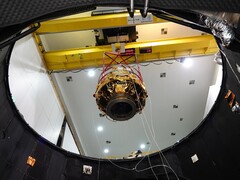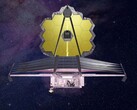The Sun emits streams of particles called solar wind and massive bursts of solar material called coronal mass ejections (CMEs). These emissions are powerful enough to wipe out life on Earth. However, we remain protected, thanks to the Earth’s magnetosphere. This protective shield wards off the solar emissions, keeping them from reaching us.
Scientists have been trying to understand how the magnetosphere reacts to the solar wind and CMEs. Several missions have been launched for this purpose. However, those missions mostly studied the interactions on a local scale. Smile is set to provide a truly global picture of the Earth’s reaction to particles ejected from the Sun.
The method employed in the Smile mission is based on solar wind charge exchange. Solar wind charge exchange is a process that occurs when charged solar wind particles interact with neutral particles in the Earth’s upper atmosphere. This interaction causes the emission of X-ray light, which Smile will detect.
Smile will also continuously image the northern and southern lights in ultraviolet light. Particularly, it will observe the northern lights continuously for more than 40 hours. With all of these, Smile is set to detect changes in the magnetic field that have occurred due to the interactions with particles from the Sun.
A one-month launch window has been set for the mission. It is expected to launch between April 8 and May 7, 2026.






















